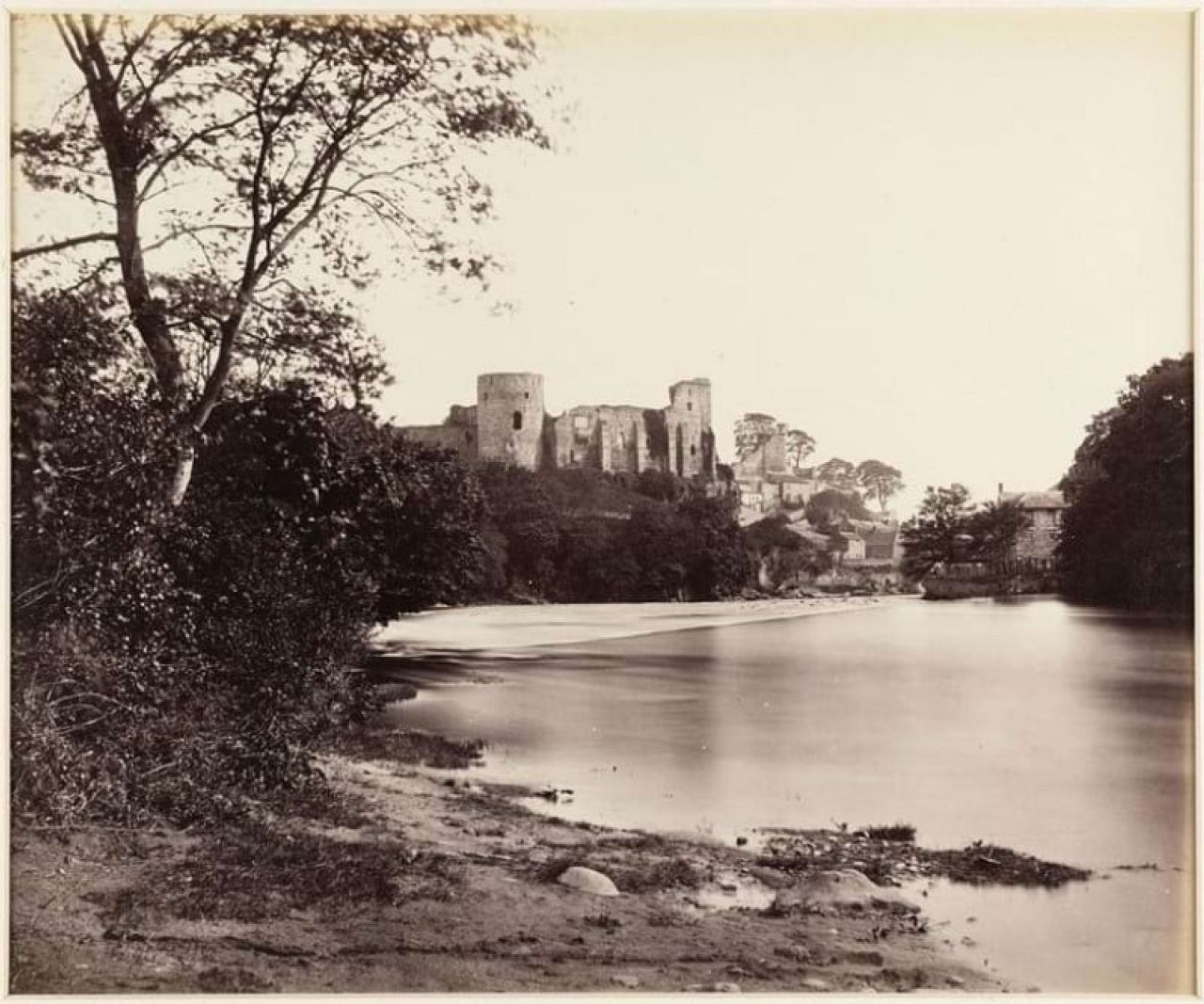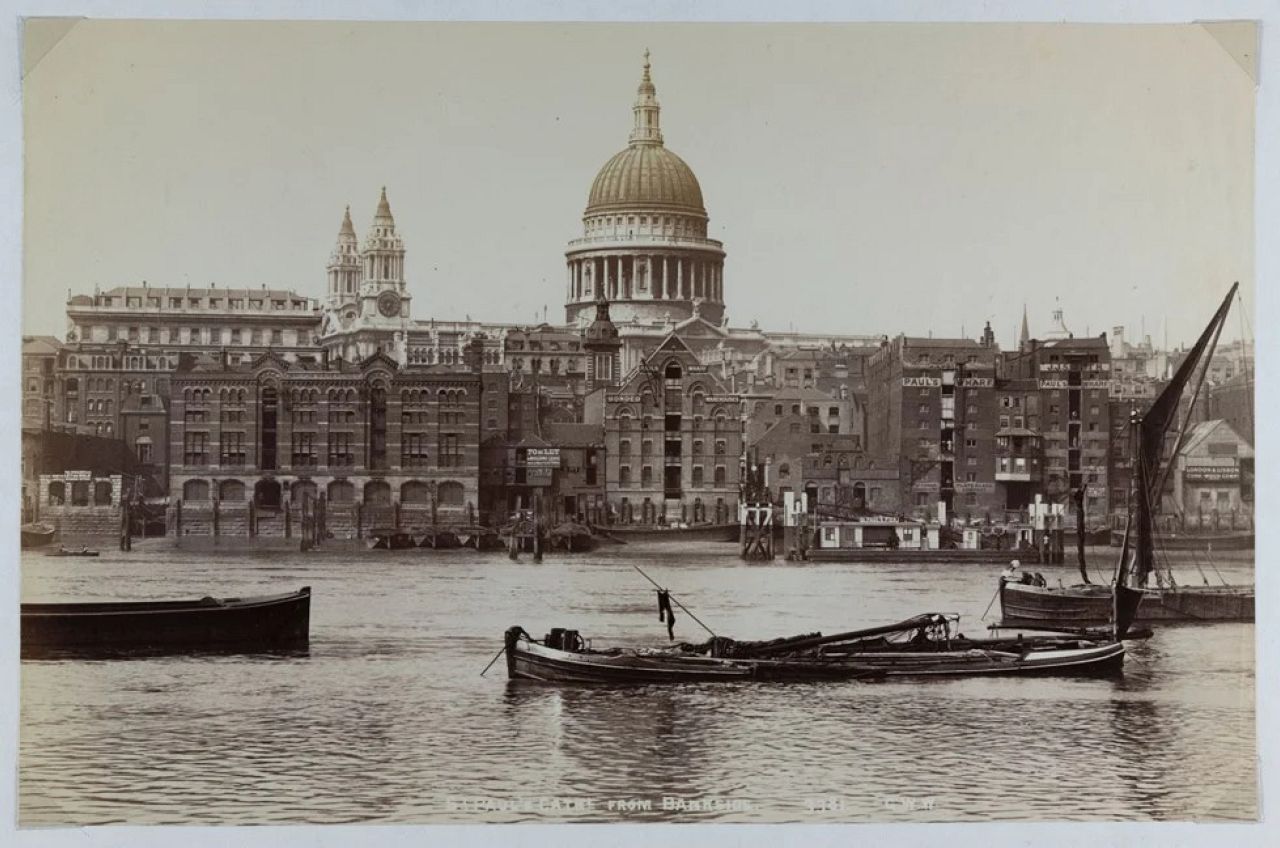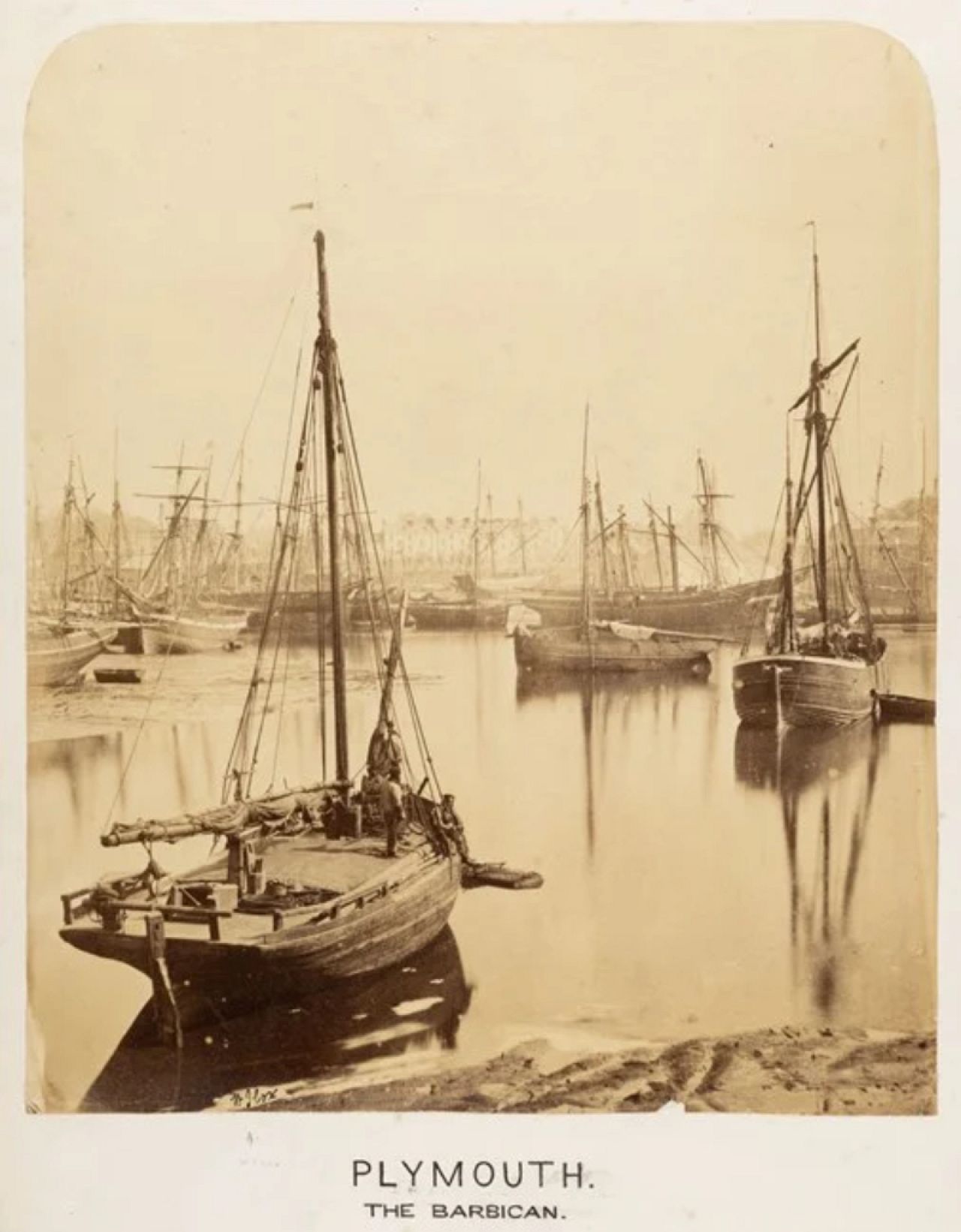Over 8,000 photographs showcasing English architecture, landscapes, and maritime history from the late 1700s through the early 1900s have been donated to Historic England. The Janette Rosing collection boasts an exceptionally varied array of pictures that vividly capture the essence of industrialization during this period.
The collection encompasses photographers from all English counties, featuring notable individuals such as W.G. Campbell, William Russell Sedgefield, Henry William Verscholye, Samuel Smith of Wisbech, William J. Cox of Plymouth, James Mudd, and Samuel Buckle.
"Whether it's the seascapes captured by James Mudd or the intricate architectural photography of Linnaeus Tripe, every image in this remarkable collection provides a window into history, highlighting Janette Rosing’s discerning touch," noted Ian Savage, Collections Manager at Historic England.
"Rosing’s collection will keep bridging us to our past and motivate upcoming generations to value England’s profound cultural heritage," Savage noted.
Janette Rosing was an enthusiast of antiques, art, and photography. Her fascination with collecting 19th-century photos commenced in the 1980s when she became captivated by a picture of Hartland Quay on the Devon coastline prior to it being devastated by a storm.
Throughout her life, Rosing became an advisor to the Royal Collection at Windsor Castle due to her extensive knowledge. She passed away in 2021, and her collection was subsequently obtained by Historic England—a governmental organization dedicated to safeguarding English heritage—via the UK Government's Acquisition in Lieu (AiL) program.
Duncan Wilson, CEO of Historic England, stated: "We are thrilled to have obtained this significant collection, which was meticulously gathered over five decades by photographic specialist Janette Rosing."
"The photographs offer an abundance of visual representations of England spanning from the latter part of the 19th century up until the beginning of the 20th century. The magnitude and uniqueness of her collection render these image archives nationally significant," he stated.
Historic England acknowledges that this collection highlights an era when photography was transforming the visual arts scene, elevating the medium to be recognized as a "valid art form."
With advancements in photographic technology enabling early enthusiasts to depict landscapes with greater accuracy, this newfound capability emerged as an essential instrument for chronicling modern existence.
One of the aspects that make this collection incredibly exciting is the innovative formal experiments seen in the artworks, ranging from novel stylistic techniques to various processes employed such as Calotype, Collodion, dry plate, and platinum printing.
Following their acquisition, Historic England is conducting a conservation evaluation prior to cataloguing and digitising the photographs.


